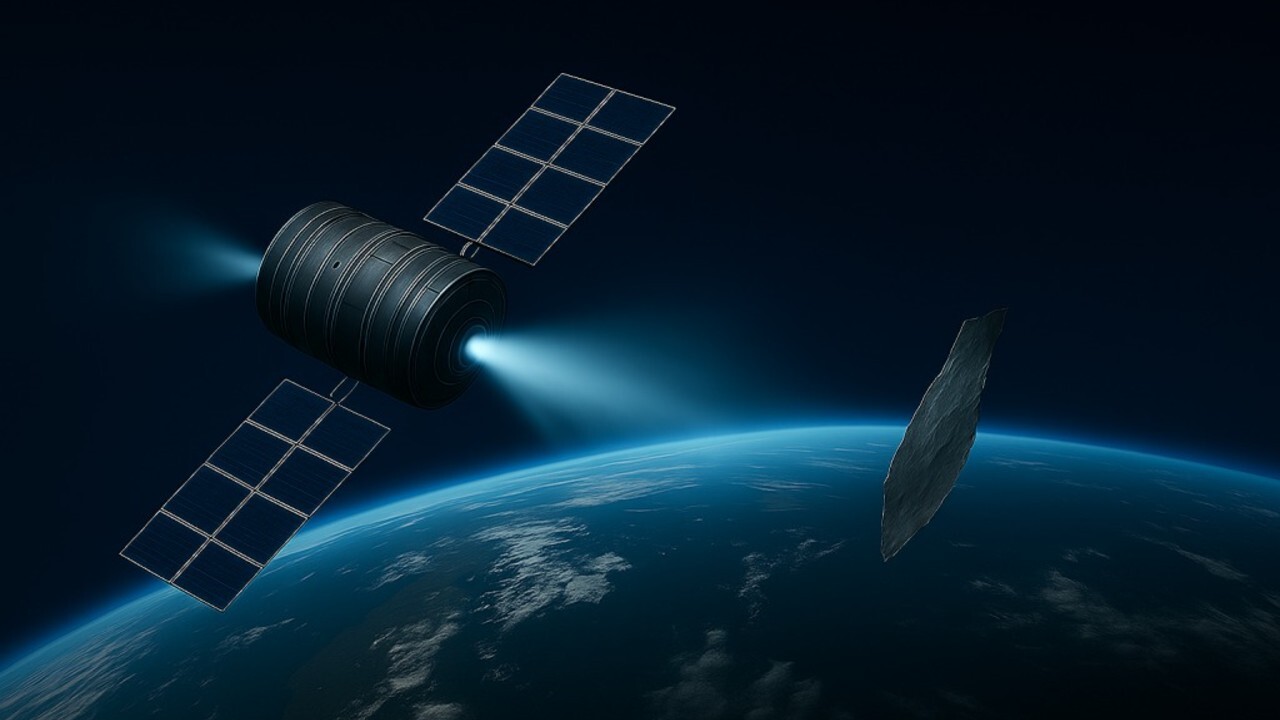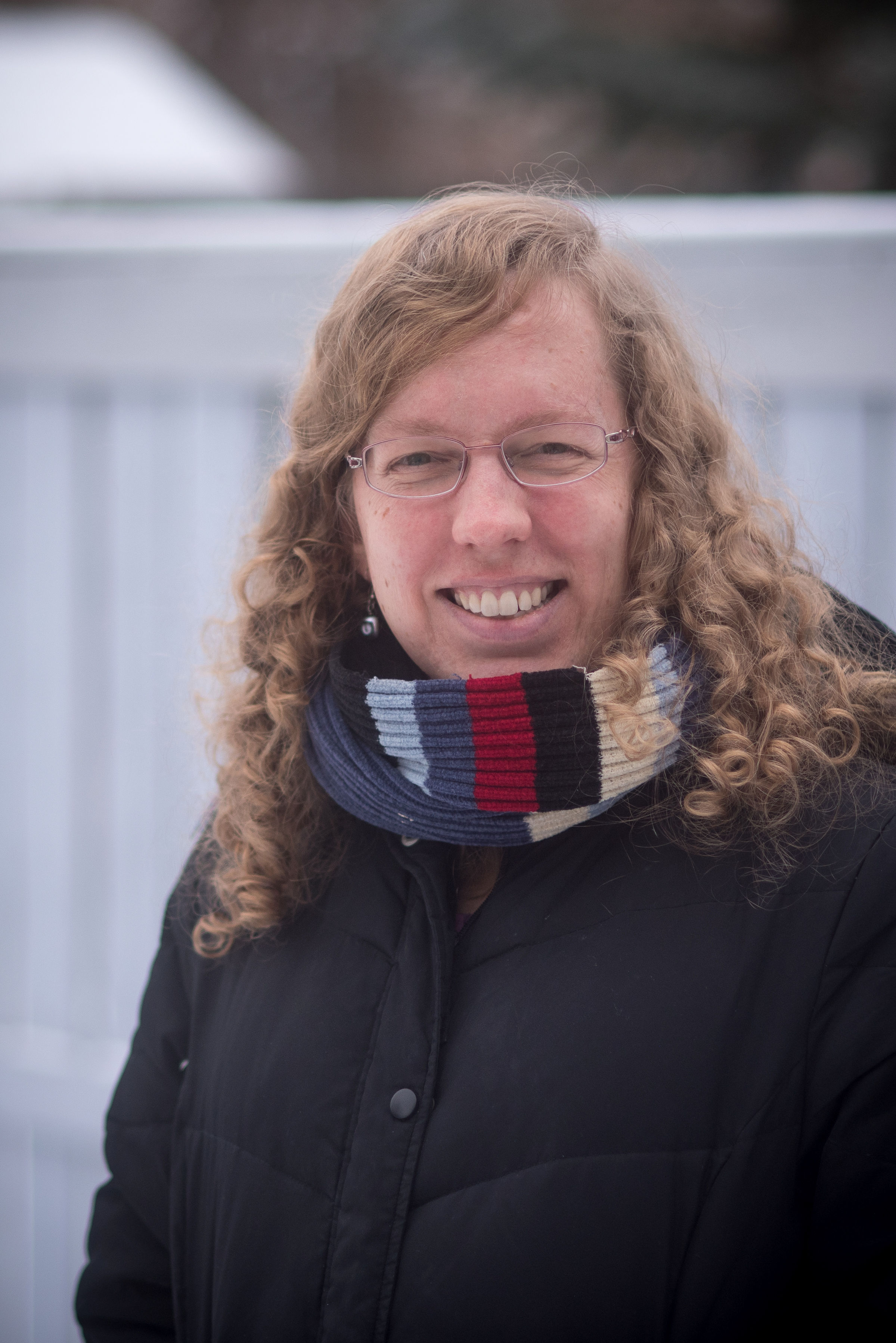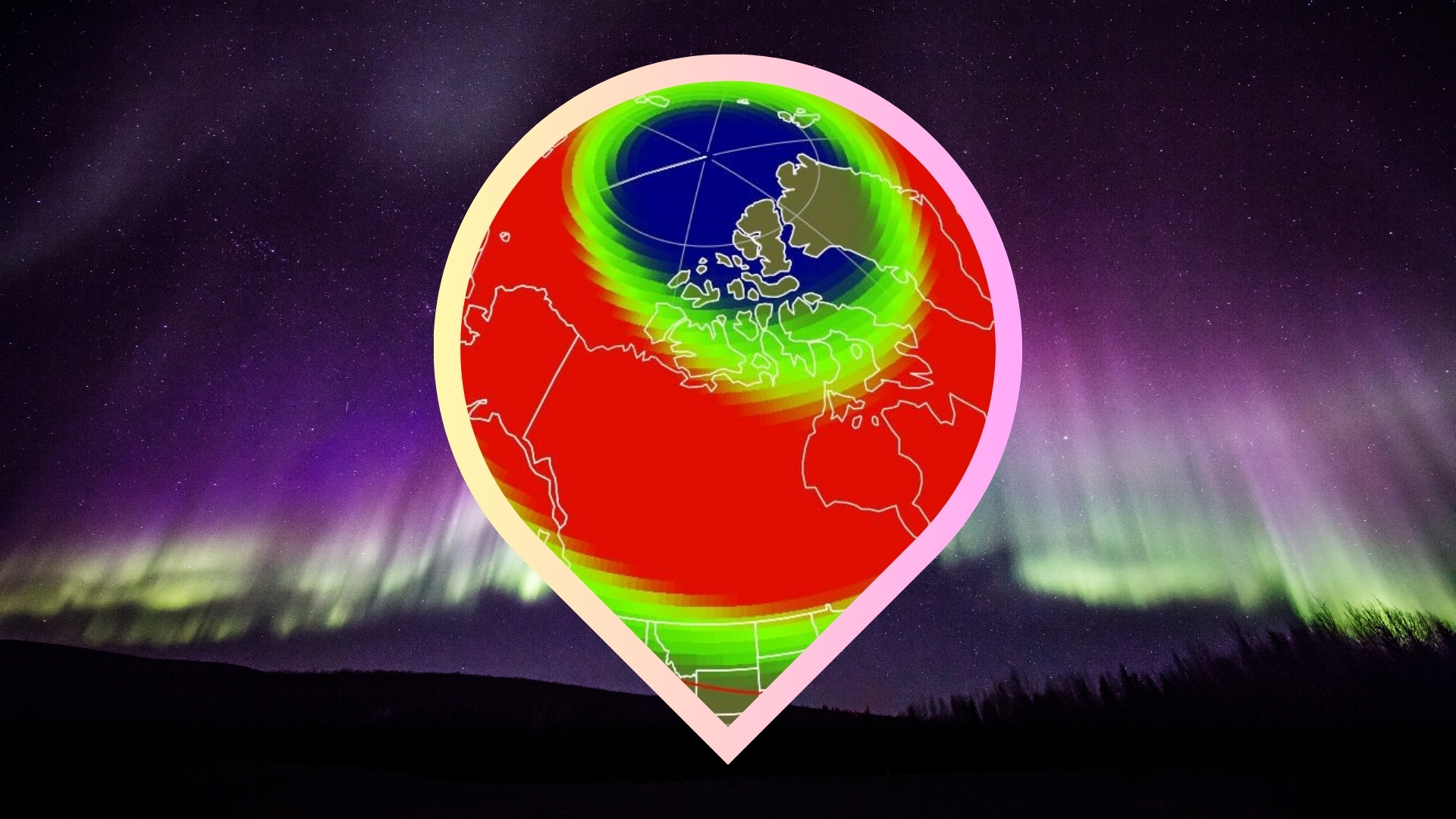Could we blast space debris out of harm's way with ion beams?
ALBATOR has a multi-million dollar grant to study touchless space junk removal.

A new space debris removal project aims to blast hazardous junk out of harm's way from a distance, without the need for physical contact.
Called ALBATOR, the 3.9 million Euro ($4.6 million USD) early-stage concept is examining non-kinetic methods to move space junk out of the way of satellites or objects like the International Space Station before they threaten these spacecraft.
There could be as many as 140 million pieces of orbital space debris as small as 1 mm wide, according to the European Space Agency. Tracking systems around the world monitor the larger pieces for issues, but the problem is ever-growing as fleets of new satellites launch nearly every week.
While companies like SpaceX emphasize they have ways of avoiding collisions by maneuvering their satellites, the risk of a crash is still there — especially for older defunct objects that can't actively move out of harm's way. Aside from legislation aiming to avoid debris in the first place, countries and companies around the world are thinking about ways of cleaning up what's left behind.
The new ALBATOR project contains an acronym using letters from the phrase "ECR-Based Multicharged Ion Beam for Active Debris Removal and Other Remediation Strategies." As the name implies, ALBATOR aims to use a type of particle beam with ions (charged electrons) to move the debris around, which means no need to touch the junk in the first place.
This approach is distinct from other methods that require physically touching the object. Examples include huge catching nets, or docking with stray objects to force them back down into Earth's atmosphere.
ALBATOR received funding from a business-focused agency of the European Commission in September, for a project running 3.5 years until February 2029. The project is coordinated by Osmos X, which is a French startup aiming to create space thrusters that will power the company's own uncrewed space vehicles as soon as 2030.
Breaking space news, the latest updates on rocket launches, skywatching events and more!
Universities in Spain and Germany are participating in ALBATOR along with the Luxembourg branch of NorthStar, a company headquartered in Montreal, Canada that provides space situational awareness products.
"By avoiding the risks inherent in capture or docking, the [ALBATOR] project aims to provide a safer and more versatile solution to one of the greatest challenges facing space sustainability: the proliferation of debris in Earth's orbit," NorthStar officials stated in a release last month highlighting their participation.
ALBATOR was funded as part of a European Innovation Council Pathfinder early-stage program aiming to identify and support "breakthrough deep-tech projects, with a high degree of scientific and technological ambition and risk—and potential to create new markets." A flight date for an ALBATOR technology demonstrator has yet to be announced.
But the need for cleanup will only accelerate, according to the National Oceanic and Atmospheric Administration (NOAA). By 2040, the amount of debris entering Earth from satellites could rival that of dust from meteors, stated an April study in the Journal of Geophysical Research in which NOAA participated.

Elizabeth Howell (she/her), Ph.D., was a staff writer in the spaceflight channel between 2022 and 2024 specializing in Canadian space news. She was contributing writer for Space.com for 10 years from 2012 to 2024. Elizabeth's reporting includes multiple exclusives with the White House, leading world coverage about a lost-and-found space tomato on the International Space Station, witnessing five human spaceflight launches on two continents, flying parabolic, working inside a spacesuit, and participating in a simulated Mars mission. Her latest book, "Why Am I Taller?" (ECW Press, 2022) is co-written with astronaut Dave Williams.
You must confirm your public display name before commenting
Please logout and then login again, you will then be prompted to enter your display name.
